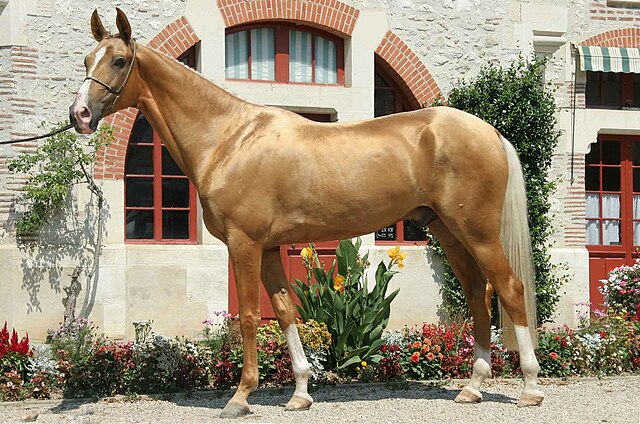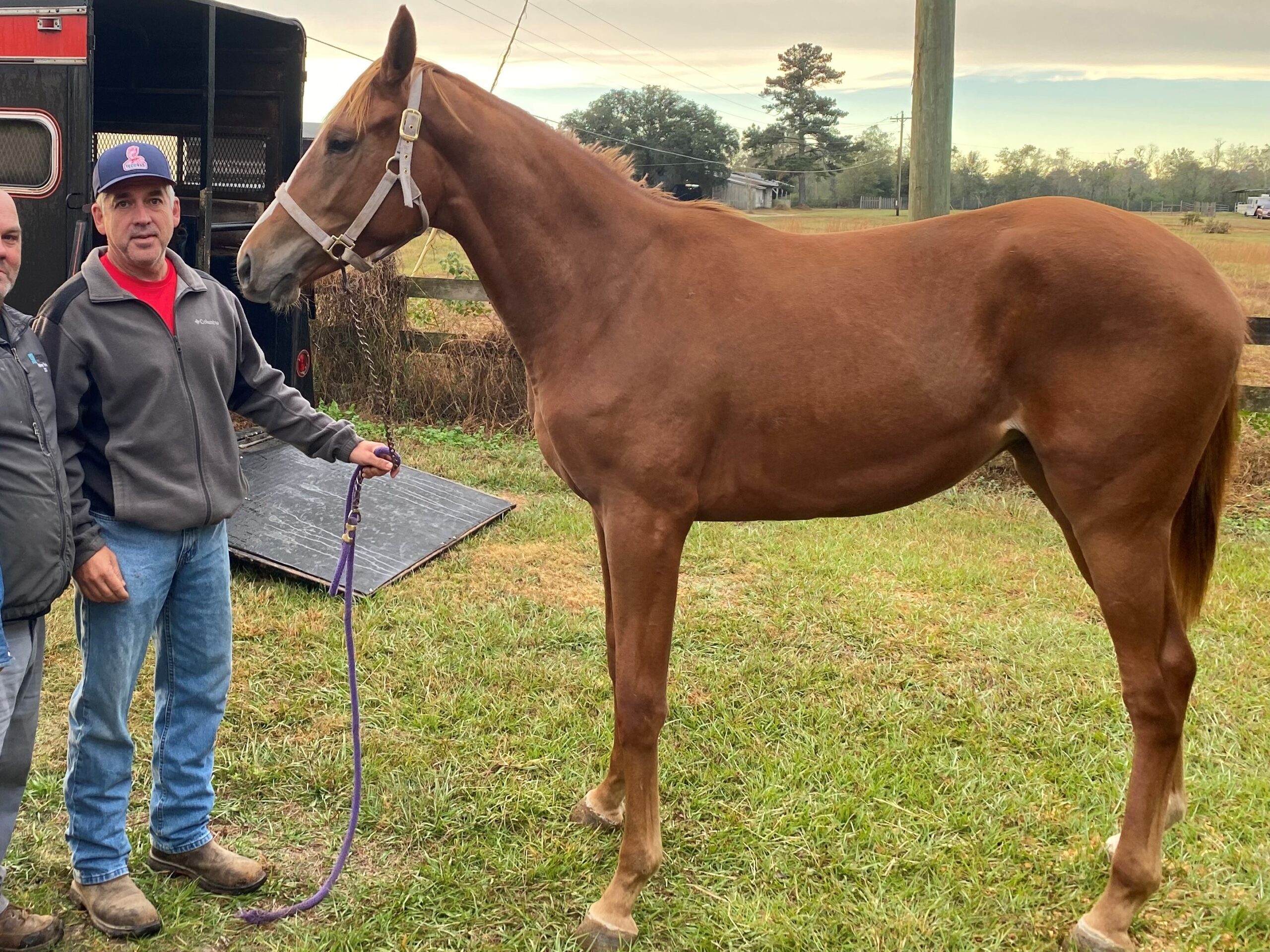Last updated: May 30, 2025
Have you ever encountered a horse so striking it seemed to belong to another world? Rare horse colors captivate not just for their beauty, but for the fascinating stories behind them—stories of genetics, history, and cultural significance. As someone who has owned and admired many unique horses, I’ve seen firsthand how these extraordinary coats inspire awe and connection.
In this article, we’ll uncover some of the rarest horse colors, explore their origins, and celebrate what makes them so special. Whether you’re a breeder, enthusiast, or simply curious, you’ll discover a deeper appreciation for the diversity of equine beauty.

What Defines a Rare Horse Color?
A horse color is considered rare when it results from uncommon genetic combinations, appears infrequently in specific breeds, or holds exceptional cultural or historical value. Rare colors often combine visual splendor with fascinating genetic backstories, making them prized among breeders and enthusiasts.
1. Silver Buckskin
- Description: A silvery body with dark points, created by the combination of cream and silver dilution genes.
- Notable Breeds: Found primarily in Rocky Mountain Horses and other specific breeds.
- Significance: This rare double dilution makes the silver buckskin both striking and uncommon.
- Authority Link: UCDavis Veternary Genetics Laboratory.

2. Gold Champagne
- Description: A golden coat with light skin and hazel eyes caused by the champagne gene.
- Notable Breeds: Tennessee Walking Horse, American Cream Draft.
- Historical Context: Revered for its shimmering appearance in parades and shows.
- Authority Link: Champagne Horse Registry

3. Brindle
- Description: A striking pattern of dark and light stripes across the coat, resembling a brindle dog.
- Notable Breeds: Can appear in various breeds but is exceedingly rare.
- Genetic Basis: Often linked to genetic chimerism or somatic mutations.
- Authority Link: PubMed Central (PMC)
4. Manchado
- Description: Large, irregular white patches, often retaining the base coat on the legs and head.
- Notable Breeds: Predominantly found in Argentine Criollo horses.
- Cultural Significance: Unique to certain regional breeds in Argentina.
- Authority Link: All About Manchado

5. Metallic Sheen
- Description: A glossy, reflective coat that gives off a metallic appearance, most commonly seen in the Akhal-Teke breed.
- Notable Breeds: Akhal-Teke.
- Genetic Basis: Specific to the breed’s unique genetics and heritage.
- Internal Link: Learn More About Akhal-Teke

6. Silver Dapple (Chocolate Flaxen)
- Description: A dark base coat with a lightened mane and tail, caused by the silver gene.
- Notable Breeds: Rocky Mountain Horse, Icelandic Horse.
- Genetic Rarity: The silver gene is relatively uncommon and affects only black pigment.
- Authority Link: Silver Dapple Explained by the NIH
7. Dominant White
- Description: A white coat with pink skin, caused by mutations in the KIT gene.
- Notable Breeds: Thoroughbred, Arabian.
- Cultural Mystique: Often associated with myths and legends of divine or mystical horses.
- Internal Link: Thoroughbred Coat Colors

8. Perlino
- Description: A pale cream coat with blue eyes, resulting from double cream dilution genes on a bay base.
- Notable Breeds: Akhal-Teke, Quarter Horse.
- Genetic Significance: A double dilution makes this color stand out among rare hues.
- Internal Link: Perlino and Cremello Horses

How Genetics Shape Rare Horse Colors
Rare horse colors result from intricate genetic mechanisms, including gene interactions like dominance, incomplete dominance, and epistasis. These processes influence pigmentation and create the stunning hues admired by breeders and enthusiasts. Here’s how key genes contribute to rare coat colors:
KIT Gene (Dominant White)
The KIT gene, studied by the University of Kentucky Equine Programs, produces white coats with pink skin and dark eyes. This gene often exhibits dominance, meaning a single copy can create Dominant White patterns or patches of white hair. This trait is prominent in Thoroughbreds, Arabians, and Quarter Horses.
Silver Gene (Silver Dapple)
The Silver gene lightens black pigment, producing a chocolate coat with a silver mane and tail. According to an NIH study on equine genetics, its effects depend on the presence of black pigment, demonstrating epistasis. This gene is most commonly found in breeds like Rocky Mountain Horses and Icelandic Horses.
Champagne Gene (Gold Champagne)
The champagne gene dilutes base coat colors to produce a golden hue with hazel eyes, often giving a metallic sheen. The Champagne Horse Registry highlights that this gene is dominant, meaning one copy is sufficient to create this rare coat.
Cream Gene (Perlino and Cremello)
The cream gene modifies base colors such as bay and chestnut, creating pale shades like perlino and cremello with striking blue eyes. According to the UC Davis Veterinary Genetics Laboratory, this gene exhibits incomplete dominance, where one copy results in single dilution (e.g., palomino), and two copies cause double dilution (e.g., cremello).
Gray Gene
The gray gene acts epistatically to gradually lighten the coat, often resulting in dapples. This gene can completely mask the base coat color, adding complexity to breeding strategies.
Practical Implications
Understanding these genetic interactions enables breeders to make informed decisions, such as selecting for desired coat colors while minimizing the risk of genetic disorders. For example, avoiding certain pairings can prevent health issues like lethal white syndrome, ensuring healthier and more sustainable breeding practices.

Gene Interactions: The Science Behind Rare Colors
Rare coat colors often arise from the interplay between multiple genes. For example:
- Epistasis: The interaction where one gene masks or modifies the effect of another, as seen in Silver Dapple horses where the Silver gene affects only black pigment.
- Gene Dominance: Traits like Champagne and Dominant White are usually governed by dominant alleles, making their expression more predictable in offspring.
These interactions add complexity to equine genetics, making genetic testing an invaluable tool for breeders.
Predicting Rare Colors with Genetic Testing
Genetic testing allows breeders to predict coat colors and reduce health risks. The process includes:
- DNA Sampling: Simple collection of hair or blood for lab analysis.
- Predictive Insights: Identifying coat color probabilities and genetic markers tied to health and appearance.
Just as understanding bloodlines helps select traits like speed and stamina in racehorses, genetic testing empowers breeders to make informed decisions about coat color and health.

Frequently Asked Questions About Rare Horse Colors
What is the rarest horse color?
Colors like brindle, manchado, and dominant white are considered the rarest due to their genetic and regional specificity.
Which breeds are known for rare colors?
Breeds like the Akhal-Teke, Rocky Mountain Horse, and Argentine Criollo are known for their unique and rare coat colors.
How do breeders predict rare coat colors?
Breeders can use genetic testing, like services offered by UC Davis Veterinary Genetics Laboratory, to analyze bloodlines and predict coat colors accurately.
Why are rare horse colors so valuable?
Rare horse colors stand out for their visual appeal, cultural significance, and value in the equine market, often fetching higher prices.
Are rare horse colors linked to health issues?
Some rare colors, such as those associated with lethal white syndrome, are tied to genetic disorders. Responsible breeding practices are essential to avoid such issues.
What is the most popular horse color?
The most common horse color are bay and chestnut varying by breed and region.
Conclusion: Celebrating the Beauty of Rare Horse Colors
Rare horse colors are a beautiful testament to the diversity of equine genetics and cultural heritage. From the silvery sheen of a metallic coat to the striped wonder of brindle, these colors captivate the imagination and enrich our understanding of horses. Whether admired in the show ring or treasured for their uniqueness, these hues remind us of the extraordinary beauty found in nature.
As a long-time horse owner, I’ve had the privilege of owning a dapple gray Thoroughbred filly whose striking coat and performance left a lasting impression. She excelled on the racetrack and later became a favorite in the polo world, her shimmering coat admired by players and spectators alike. While dapple gray may not be the rarest genetically, its visual impact and connection to equine myths make it unforgettable.
- Join the Community: “Have you encountered a rare-colored horse? Share your story in the comments below. Join our community of horse enthusiasts by signing up for updates.”
- Explore Related Topics: “Want to learn more about the science behind horse coat colors? Check out our comprehensive guides on horse coat color genetics and rare horse breeds.”
- Stay Updated: “Don’t miss out on expert tips and fascinating horse stories. Subscribe to our newsletter for the latest updates.”
Here is a good YouTube video showing five rare horse colors.

About the Author: Miles Henry
Lifelong Horseman | Racehorse Owner | Published Author
Miles Henry brings over 25 years of hands-on experience training and owning Thoroughbred racehorses. Raised with Quarter Horses and Appaloosas, he’s spent a lifetime learning from horses—on the track, in the barn, and in the field. Today, he runs a small but successful racing stable in Louisiana and shares real-world insights on HorseRacingSense.com, helping horse owners, fans, and bettors navigate the sport with confidence.
📚 Books: View Miles’s books on Amazon »
🎧 Podcast Guest: Animal Tales Ep. 32 |
YouTube Interview
📩 Newsletter: Sign up for racing tips and horse care advice »
🔗 Follow Miles:
Twitter |
Facebook |
YouTube


